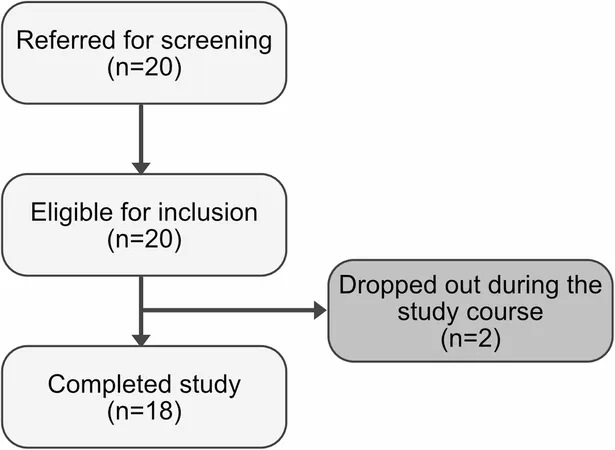
Revolutionizing Adolescent Depression Treatment: Low-Frequency rTMS Shows Promise!
2025-07-03
Author: Jacques
The Mental Health Crisis Among Teens
Major depressive disorder (MDD) is a leading cause of disability globally, particularly affecting adolescents. With around 12.9% life-time prevalence worldwide, in Sweden alone, studies indicate that 11.4% of teenagers experience MDD, with a shocking 22% grappling with serious suicidal thoughts. The impacts of early depression are devastating, often leading to poor academic performance, strained relationships, increased substance abuse, and persistent mental health challenges into adulthood.
The Challenge of Treatment-Resistant Depression (TRD) in Youth
Known as treatment-resistant depression (TRD), this condition affects about 20% of young people who do not respond to typical therapies like SSRIs or psychotherapy. With no clear guidelines for managing these cases, the need for innovative solutions has never been more urgent.
Enter rTMS: A Game-Changer for Mental Health?
Repetitive Transcranial Magnetic Stimulation (rTMS) emerges as a beacon of hope in treating adult TRD. This innovative technique boasts few side effects and high tolerability while keeping patients awake during sessions. rTMS operates by inducing electrical currents in the brain, aiming to either inhibit or excite specific neuronal groups—a mechanism that holds potential for combating depression.
Groundbreaking Study on Adolescents
Despite promising results for adults, the research on rTMS for adolescents is still in its infancy. Notably, a recent open-label pilot study explored the feasibility of using 1 Hz low-frequency rTMS on the right DLPFC in adolescents suffering from TRD. This research, which is the first of its kind targeting this demographic, sought to assess both the safety and potential effectiveness of the treatment.
Study Design and Patient Population
This pilot study enrolled 20 adolescents referred from psychiatric services. Participants were aged 13-19, diagnosed with either uni- or bipolar depression and had previously undergone treatment with two SSRIs. The study excluded those with a history of seizures, certain medical conditions, and substance abuse problems to ensure the safety of participants.
Promising Preliminary Findings
Initial results indicated that low-frequency rTMS was feasible and generally well tolerated. While only one patient reached remission, a significant decrease in depressive symptoms was recorded. Remarkably, despite high expectations, treatment outcomes did not correlate with participants' prior treatment beliefs, suggesting rTMS may possess unique therapeutic attributes.
Side Effects and Safety Concerns
The treatment was largely well tolerated, with mild side effects like headaches and fatigue reported. However, caution is warranted, as some serious side effects did occur, including a suicide attempt by one participant. While seizure occurrence is rare, the study did not report any cases, underscoring rTMS's relative safety.
A Call for Further Research
Despite one patient achieving a full response, the results indicate that low-frequency rTMS holds promise, particularly for adolescents who have exhausted traditional treatment options. As the demand for effective depression treatments surge, further research, ideally involving larger randomized controlled trials, is crucial to solidifying rTMS's role in adolescent mental health care.
Looking Ahead: A Ray of Hope for Teens with Depression
With an increasing number of adolescents facing treatment-resistant depression, innovations like low-frequency rTMS could pave the way for new therapeutic avenues. As we continue to explore its efficacy, there's hope on the horizon for those fighting the silent battle of adolescent depression.

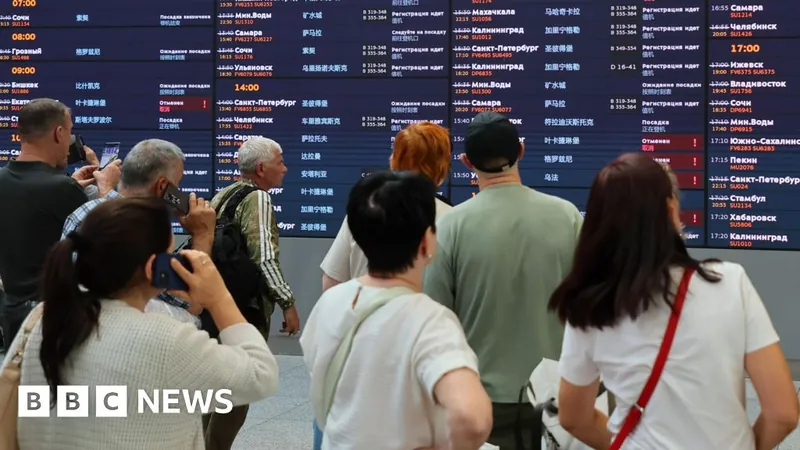

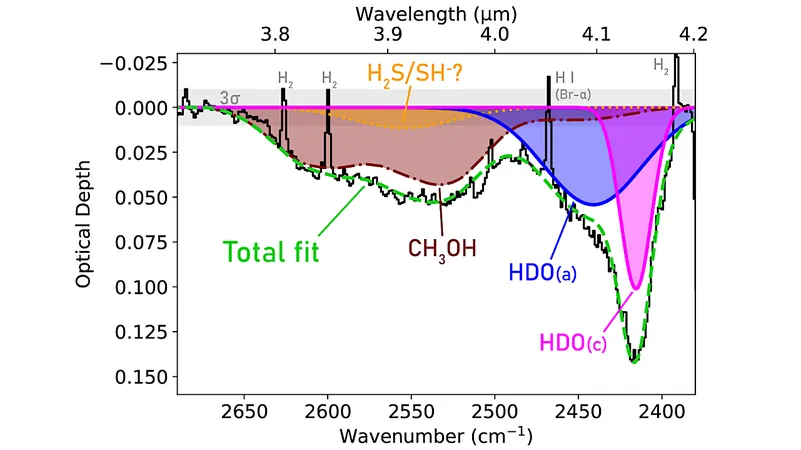
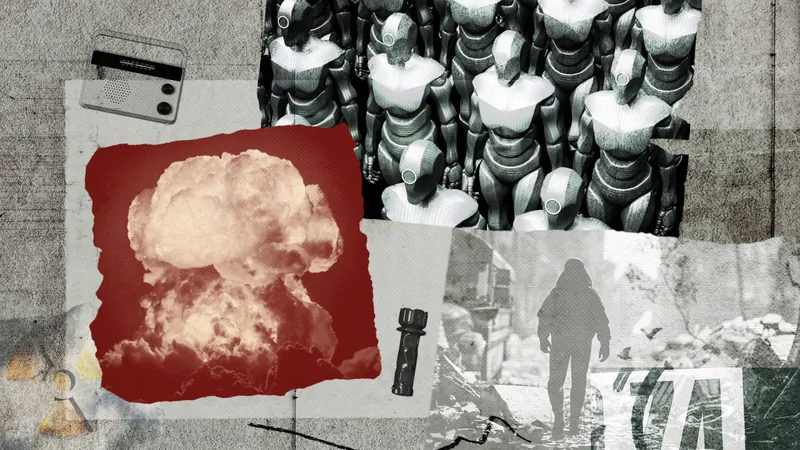
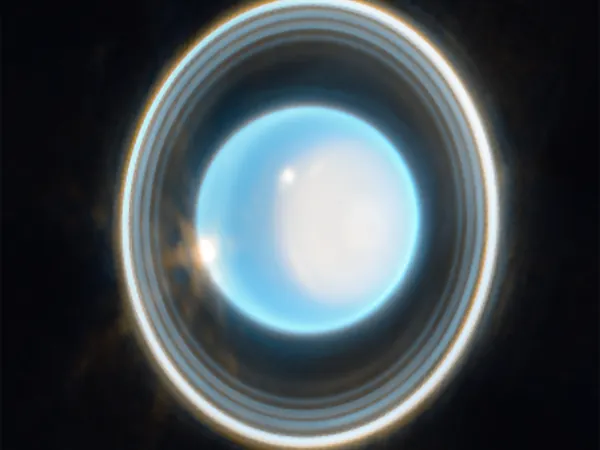
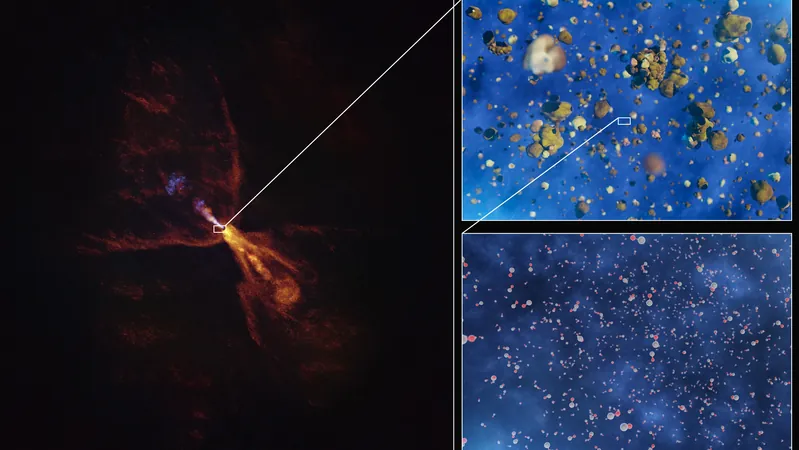


 Brasil (PT)
Brasil (PT)
 Canada (EN)
Canada (EN)
 Chile (ES)
Chile (ES)
 Česko (CS)
Česko (CS)
 대한민국 (KO)
대한민국 (KO)
 España (ES)
España (ES)
 France (FR)
France (FR)
 Hong Kong (EN)
Hong Kong (EN)
 Italia (IT)
Italia (IT)
 日本 (JA)
日本 (JA)
 Magyarország (HU)
Magyarország (HU)
 Norge (NO)
Norge (NO)
 Polska (PL)
Polska (PL)
 Schweiz (DE)
Schweiz (DE)
 Singapore (EN)
Singapore (EN)
 Sverige (SV)
Sverige (SV)
 Suomi (FI)
Suomi (FI)
 Türkiye (TR)
Türkiye (TR)
 الإمارات العربية المتحدة (AR)
الإمارات العربية المتحدة (AR)